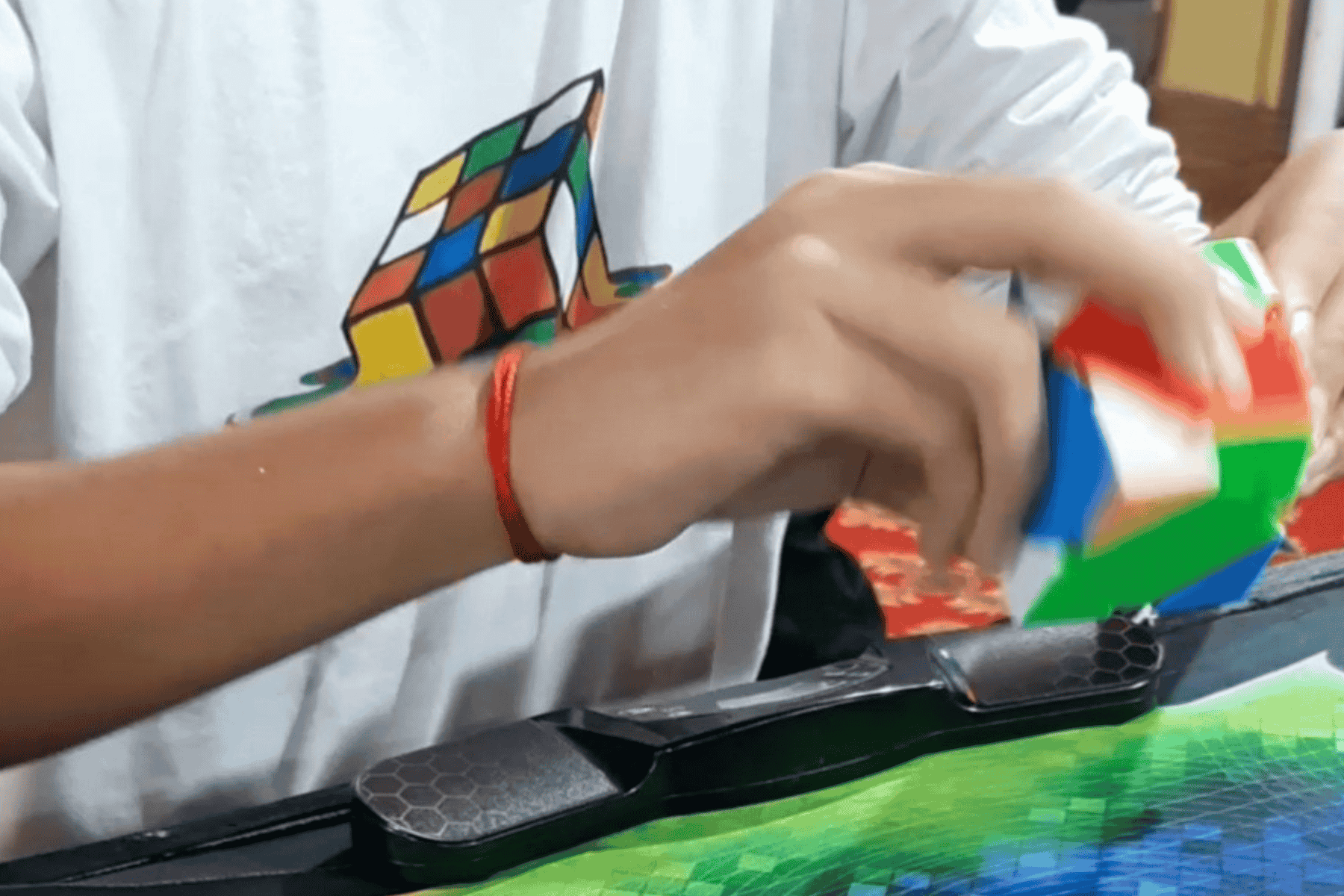Exploring the World of Shape-Shifter Cubes
Introduction
Shape-shifter cubes, such as the Mirror Cube and Ghost Cube, bring a new dimension to cubing by introducing morphing shapes instead of color-based solving. These unique puzzles challenge solvers to rely on spatial awareness rather than color recognition, making them an exciting twist for experienced cubers.
How Do Shape-Shifter Cubes Work?

Unlike standard Rubik’s Cubes, shape-shifter puzzles change form as they are scrambled. Here’s how two of the most popular ones function:
- Mirror Cube – Uses block sizes instead of colors to indicate solved positions, requiring solvers to recognize shape patterns.
- Ghost Cube – Has off-center axis rotations, meaning the cube must be aligned in a specific way before making legal moves.
Both of these cubes test adaptability and patience, as solvers must understand spatial relationships rather than relying on traditional color-matching strategies.
Solving Techniques for Shape-Shifter Cubes
While shape-shifting puzzles appear drastically different, their solutions are often based on standard 3x3x3 solving methods, with a few key differences:
✅ Focus on shape recognition instead of color patterns.
✅ Identify symmetry and block structures to determine the solved state.
✅ Adapt familiar algorithms to navigate irregular shapes.
By mastering these techniques, solvers can elevate their skills and tackle more advanced non-traditional puzzles.
Why Try Shape-Shifter Cubes?
For cubers looking to push their limits, shape-shifter cubes offer:
🔥 A fresh challenge beyond color-based solving.
🧠 Enhanced spatial reasoning and adaptability.
🎯 A test of patience and problem-solving skills.
Conclusion
Shape-shifter cubes redefine the way we approach solving puzzles. Whether you’re tackling the Mirror Cube, Ghost Cube, or other morphing variants, these puzzles offer a rewarding challenge for anyone ready to take their cubing skills to the next level.
